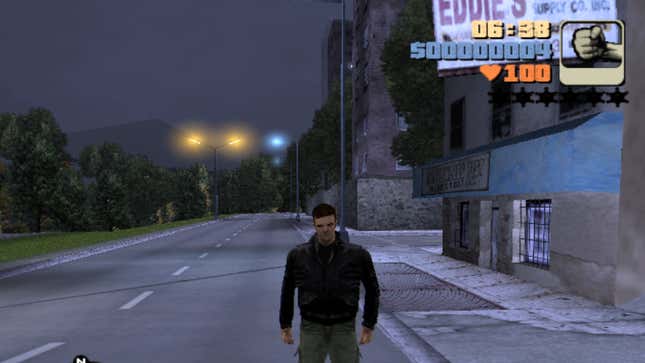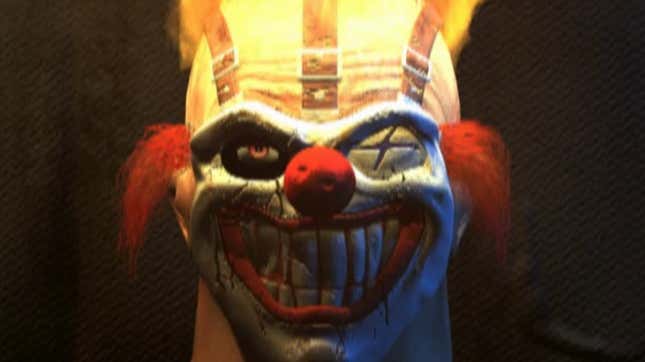
When the PlayStation 2 launched in October 2000, it did so with about as motley a pack of questionable titles as has ever graced a major gaming library. Lousy ports of existing games, oddball experiments, a few scattershot diamonds in the rough—those lucky enough to be early adopters of the swiftly sold-out system, which arrived in a burst of marketing but with a dearth of great games, had a rough row to hoe.
But their faith would pay off, and with interest, just a few months later. Because when 2001 rolled around, the PlayStation 2 suddenly became host to one of the most revolutionary libraries in gaming history. Whole industry-defining genres were spawned on the system in the months between January 2001 and the end of the year—revolutions in graphics, design, and scope that were all powered by the (perhaps over-hyped) might of Sony’s famed Emotion Engine. Despite the best efforts of Nintendo—which launched both the plucky little GameCube and the even pluckier, lil’er Game Boy Advance that same year—Sony had the run of the console market for almost the entirety of 2001 on sheer merit alone. Right up until it didn’t.
But we’ll get to that. First, we’d like to highlight one of the most important sophomore line-ups in all of gaming, a slate of 10 games that proved why 2001 was the year of the PlayStation 2. And then we’ll cover one title that highlights why 2002 really and truly wasn’t.










